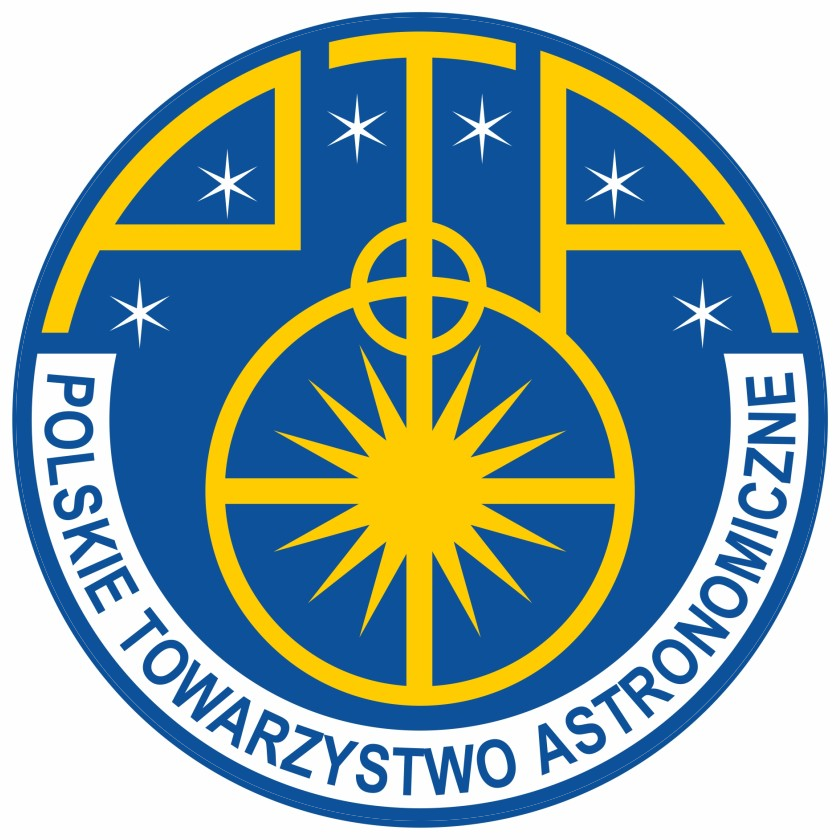Oliver Newton
Centrum Fizyki Teoretycznej PAN
Sesja VII: Kosmologia i ewolucja galaktyk
Czwartek 14.09.2023 15:30 – 15:45
abstrakt:
Ultra-diffuse galaxies (UDGs) are attractive candidates to probe cosmological models and test theories of galaxy formation at low masses; however, they are difficult to detect because of their low surface brightness. In the Local Group a handful of UDGs have been found to date, most of which are satellites of the Milky Way and M31, and only two are isolated galaxies. It is unclear whether so few UDGs are expected. We address this by studying the population of UDGs formed in hydrodynamic constrained simulations of the Local Group from the HESTIA suite. For a Local Group with a total enclosed mass M_LG(< 2.5 Mpc) = 8 × 10^12 M_ , we predict that there are 12±3⊙ isolated UDGs (68% confidence) with stellar masses 10^6 ≤ / M_ <𝑀∗ ⊙ 10^9, and effective radii e ≥ 1.5 kpc, within 2.5 Mpc of the Local Group, of𝑅 which 2^+2_−1 (68% confidence) are detectable in the footprint of the Sloan Digital Sky Survey (SDSS). Accounting for survey incompleteness, we find that almost the entire population of UDGs in the Local Group field would be observable in a future all-sky survey with a depth similar to the SDSS, the Dark Energy Survey, or the Legacy Survey of Space and Time. Our results suggest that there is a population of UDGs in the Local Group awaiting discovery.
